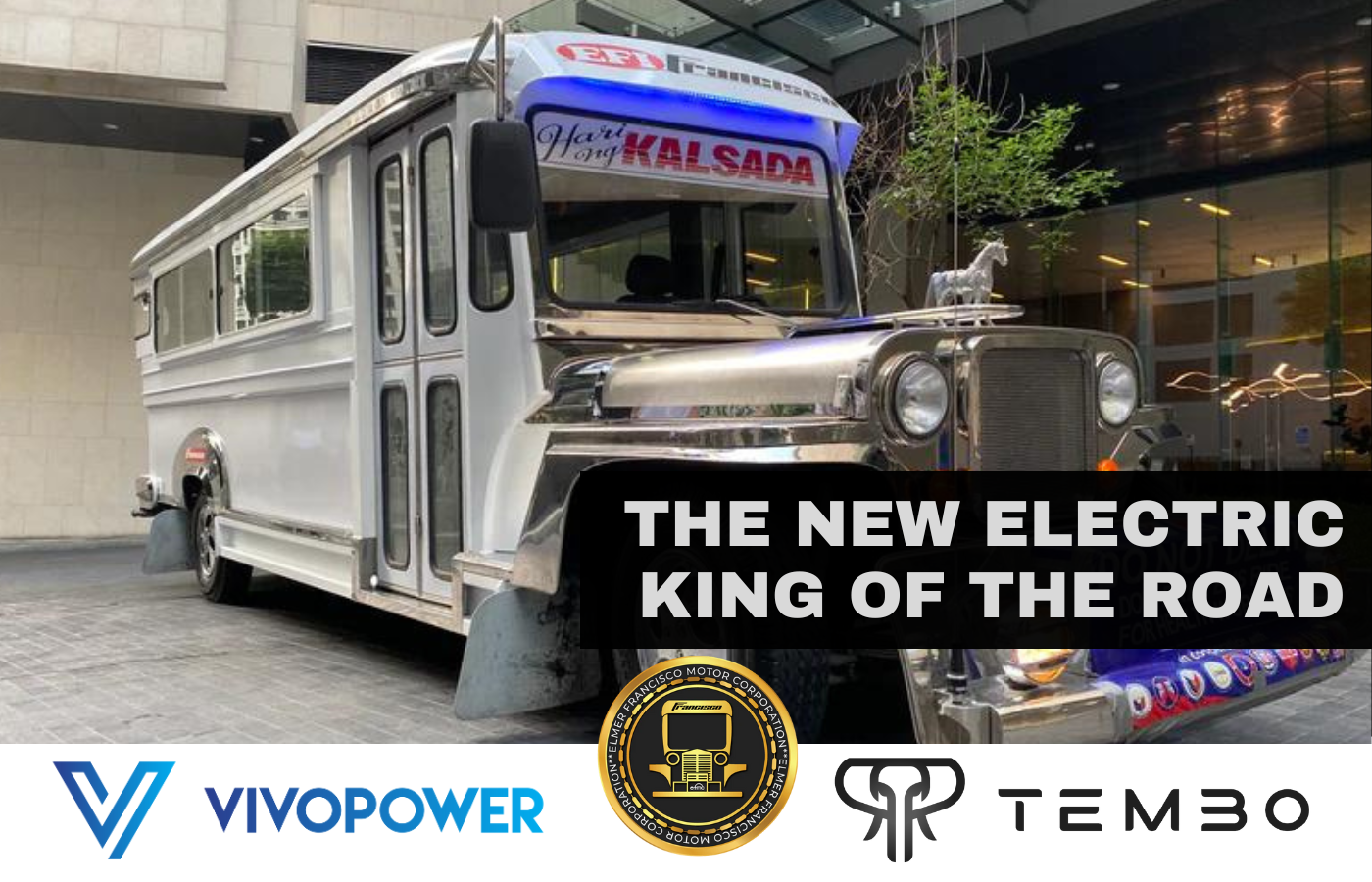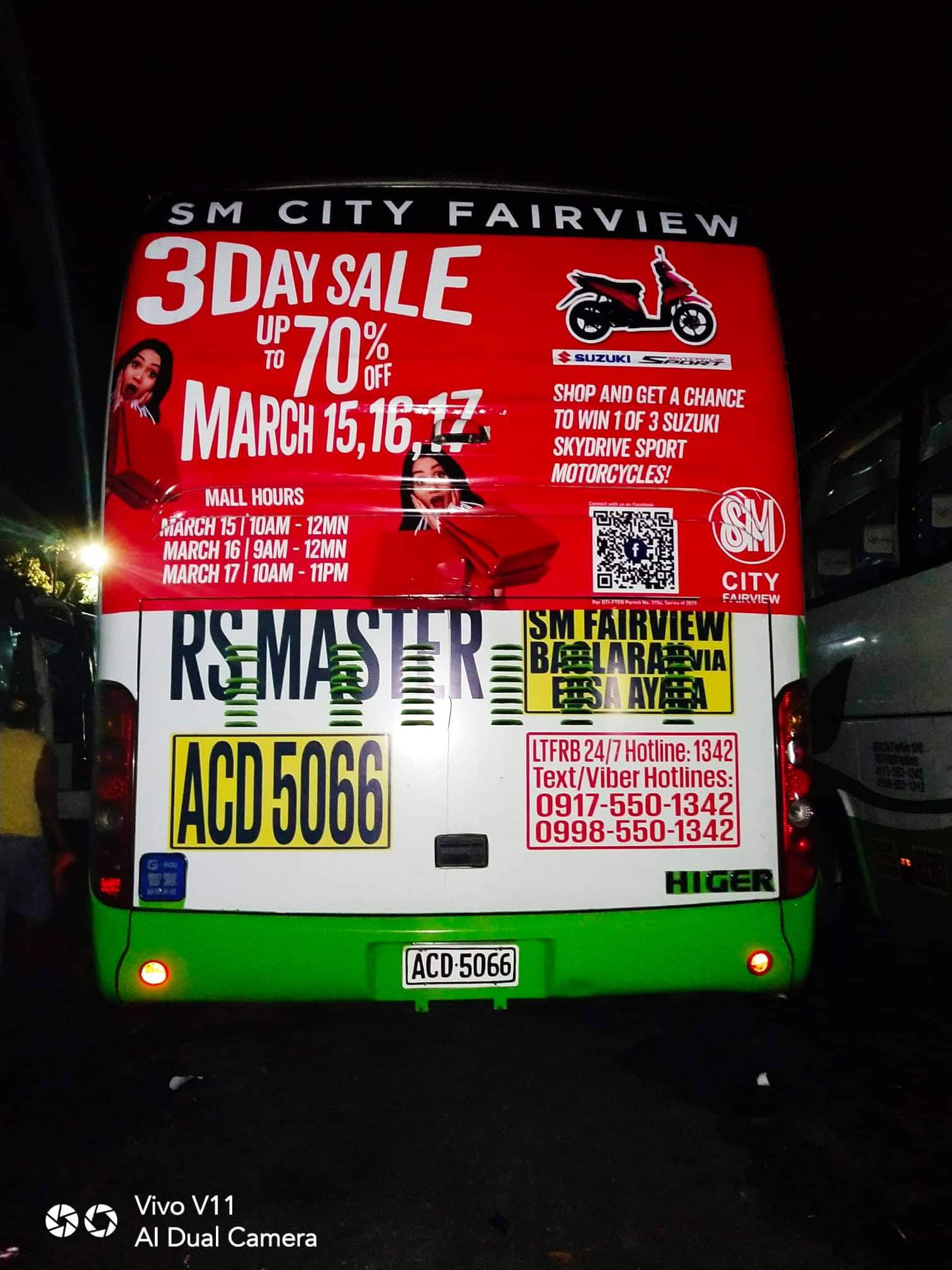Maximize Direct Exposure with Transit Advertising Philippines
Maximize Direct Exposure with Transit Advertising Philippines
Blog Article
How Transit Marketing Can Transform Mass Transit Spaces Into Dynamic Marketing Platforms
Transit advertising and marketing holds considerable possibility to redefine public transportation spaces right into vibrant advertising systems that inform and involve. By using cutting-edge styles such as interactive stands and electronic display screens, brands can not just reach a diverse target market however also improve the total commuter experience. This approach produces an unique opportunity for brands to get in touch with customers in a setting that is frequently ignored. As we check out the complex benefits and advancing strategies of transit marketing, it increases the inquiry of how this transformation might redefine our interactions with both brands and the city atmosphere.
Benefits of Transit Advertising And Marketing

Additionally, transportation advertising and marketing is very cost-effective compared to standard media. It enables marketers to achieve high perceptions at reduced prices, making the most of return on financial investment. The captive target market of travelers gives a possibility for brands to convey their messages to individuals that are typically responsive during their travel times.
Additionally, the vibrant nature of transit advertising and marketing permits campaigns to be upgraded frequently, guaranteeing that messaging remains relevant and timely. This versatility can be crucial in responding to market fads or promotional events, keeping the brand top-of-mind for consumers. Lastly, the pervasive visibility of transit advertising contributes to brand name recall; repeated direct exposure within acquainted traveling contexts enhances brand awareness and cultivates customer commitment, inevitably driving sales and boosting brand name reputation.
Sorts Of Transit Advertising
Mass transit systems supply numerous formats for advertising, each dealing with different marketing methods and audience engagement techniques. One popular type is outside bus and train covers, which cover the entire vehicle and produce a mobile billboard result, permitting high exposure in metropolitan environments. These wraps can record focus as they go across busy streets, reaching a diverse audience.
One more prominent layout is indoor advertising, which consists of posters, digital displays, and ads on transportation seats. These positionings involve guests throughout their trip, enhancing brand name messaging in a confined space. Digital shows, in specific, provide the benefit of dynamic material, enabling advertisers to update messages in real-time.
Station advertising and marketing is additionally substantial, featuring posters, banners, and interactive stands within transit stations. These ads leverage foot website traffic and can target details demographics based on location.
Lastly, advertising collaborations with transit authorities can result in distinct campaigns, such as themed transportation experiences or occasions, improving the total interaction with travelers. Each sort of transit advertising and marketing offers unique advantages, allowing brands to tailor their technique to successfully reach their target market within the general public transportation ecosystem.
Engaging Commuters Successfully
Travelers are significantly inundated with advertising messages during their daily trips, making it important for brand names to engage them in cutting-edge methods. To capture attention in this jampacked space, marketers have to prioritize creativity and significance. Utilizing appealing visuals and succinct messaging can considerably boost the likelihood of involvement.
Interactive aspects, such as QR codes or increased reality features, can likewise change static advertisements into immersive experiences, fostering a deeper connection with the target market. Brands must concentrate on resolving travelers' requirements and passions, customizing messages to reverberate with their lifestyle, whether via promotions for regional organizations or solutions created to boost their commuting experience.
Furthermore, timing plays a vital role; purposefully positioning advertisements throughout optimal travelling hours can optimize presence and effect. Engaging travelers properly likewise entails leveraging social networks combination, allowing travelers to share their promotions or experiences directly from transit systems, thus amplifying brand reach.
In essence, effective interaction rests on comprehending the commuter trip and creating compelling, interactive, and appropriate advertising experiences that not just record focus yet also drive action and loyalty. By doing so, brand visit here names can change public transportation right into a vibrant marketing system that reverberates with its target market.

Measuring Marketing Influence
How can brand names precisely analyze the effectiveness of their ad campaign in transportation environments? Measuring the impact of transportation advertising calls for a diverse approach that integrates quantitative and qualitative metrics. One prevalent approach is tracking interaction with mobile analytics, where brands can evaluate foot web traffic patterns and application communications before, throughout, and after projects.
Surveys can supply valuable understandings into brand recall and customer belief, permitting brand names to gauge how well their messages reverberate with travelers. In addition, keeping track of social media involvement pertaining to specific projects can reveal changes in public understanding and brand conversation.

Additionally, working together with transit firms can improve measurement precision, as they typically have detailed market information on ridership patterns. By integrating these methodologies, brands can develop a thorough understanding of their advertising effectiveness, guaranteeing that their projects not just get to yet likewise impact their target audiences efficiently.
Future Patterns en route Advertising And Marketing
A considerable shift is expected en route advertising and marketing as technical advancements and changing consumer habits improve the landscape. Transit Advertising Philippines. The combination of interactive media and electronic screens is expected to boost interaction, enabling brand names to deliver vibrant web content that reverberates with varied target markets. As public transport systems embrace smart technology, advertisers will certainly utilize real-time information analytics to customize messages based on guest demographics and actions
In addition, enhanced truth (AR) is poised to reinvent the way commuters engage with ads. By supplying immersive experiences, AR can change a mundane trip right into an appealing story that captures attention and fosters brand name loyalty. This development will likely urge marketers to produce even more experiential projects that drive consumer interaction.
Sustainability is another vital fad affecting transit advertising. As environmental awareness grows, brands will significantly seek to straighten with green methods, utilizing sustainable products and promoting eco-friendly efforts within their projects.
Verdict
In conclusion, transportation advertising provides considerable benefits by enhancing brand name visibility and engaging a captive audience. As trends advance, the capacity for ingenious interactions between commuters and brand names is positioned to grow, making sure that transportation advertising remains a vital element of contemporary marketing strategies.
Transit advertising holds considerable potential to redefine public transport rooms into lively advertising platforms that notify and involve. The you could try this out pervasive visibility of transit marketing adds to brand recall; duplicated direct exposure within acquainted travel contexts Extra resources strengthens brand awareness and cultivates customer loyalty, ultimately improving and driving sales brand name reputation.
How can brands properly evaluate the performance of their marketing projects in transit environments?In conclusion, transportation advertising and marketing offers considerable benefits by boosting brand exposure and engaging a captive target market. Transit Advertising Philippines. As fads develop, the capacity for cutting-edge interactions in between brands and travelers is poised to grow, guaranteeing that transit marketing remains an important part of contemporary advertising methods
Report this page